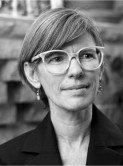Lectures: 79 Conferences and talks
Witherford Watson Mann Architects by William Mann introduced by Jan Frohburg
12 April 2016 5:00 pm at SAUL Studio
Can you save the remnants of a historic castle by building a new house inside it? William Mann will present architectural interventions at Astley Castle, covering its many design challenges. Astley is a remote site with rich historic resonance: a moated castle, lake, church and the ghost of pleasure gardens are grouped around a shallow ridge. With its restoration now complete, you look out from twelfth and twenty-first century construction to fifteenth and seventeenth century walls - the dialogue across the centuries frames contemporary conversations. On a somewhat similar theme but bigger scale William Mann will also talk about the tendency to demolish and build new in the city - and how the frequent regeneration ambition to erase the past is fundamentally flawed.
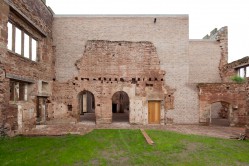
A Sense Of Place. Buildings by Robin Walker by Simon Walker
5 April 2016 5:00 pm at SAUL Studio
Modern architecture in Ireland reached a high point in the early 1960s and one of its most celebrated figures was Robin Walker. Born in Waterford in1924, Robin Walker studied architecture at University College Dublin from 1942 to 1947, and later under the legendary Le Corbusier. He also worked alongside Mies van der Rohe in Chicago. Upon his return to Ireland he became a key agent in the shaping of the emerging modern nation. This talk discusses a selection of his projects, showing drawings, models and photos of the original buildings. It will further consider the rehabilitation of these and other structures, and explain relevant examples.
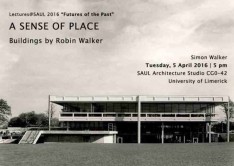
Upwardly Mobile by Niamh NicGhabhann introduced by Anna Ryan
29 March 2016 5:00 pm at SAUL Studio
This talk considers the position of Irish medieval buildings in the early years of twentieth century. Focusing on the treatment of the tiny oratory of St. Lua at Killaloe, Niamh NicGhabhann will examine the ways in which the ruins of the medieval past were used to signify a range of political, religious and cultural ideas and attitudes.
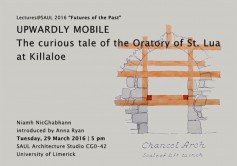
Mimesis and Imagination by Patrick Lynch introduced by Simon Walker
15 March 2016 5:00 pm at SAUL Studio
Patrick Lynch discusses the creative processes of one of London's most critically acclaimed architectural practices in its theoretical and cultural context. The work of Lynch Architects is remarkably diverse for a relatively small practice, ranging from large urban buildings to product design and academic research. This talk situates the practice's recent buildings in London alongside earlier projects within a tradition of decorum and urban depth. Lynch establishes the continuing relevance of the classical concept of mimesis in modern culture, and reveals the communicative role that memory, history and typology play in the contemporary architectural imagination. Mimesis and Imagination also explores the vital role that physical creative work and craft play in design, recovering the critical grounds for a poetics of civic architecture.
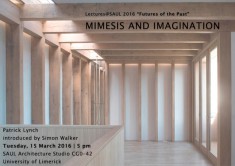
Spatial Poetics. Poetry Reading by Keston Sutherland
10 March 2016 5:00 pm at SAUL Studio
This reading is part of the Spatial Poetics Series at SAUL, curated and run by Lytle Shaw (SAUL and New York University). Investigating the terrain shared between contemporary poetry and architecture, this series of seminars and public poetry readings is sponsored by the School of Architecture and the School of Culture and Communication at the University of Limerick. Keston Sutherland will give the second poetry reading of this series at 5pm on Thursday 10th March 2016 in the SAUL Studio, CG-042, Main Building, University of Limerick
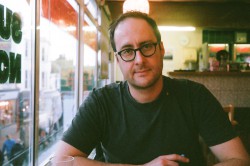
Public Works As A Barometer Of Social Priorities by Angela Rolfe
8 March 2016 5:00 pm at SAUL Studio
The Office of Public Works (OPW), or “Board of Works” as it has also been called, was established in 1831 by an Act of Parliament. Historically, the office had responsibility for drainage schemes and other large civil and public engineering projects. Today, it is the Government’s principal engineering agency, advising on the management of everything from flood risks to estate portfolios. Among its chief responsibilities are the ownership, upkeep and maintenance of government and historic buildings in Ireland. The OPW has responsibility for the care of 780 heritage sites in Ireland, including national monuments, historic parks, gardens and buildings.
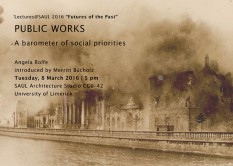
Aleksandra Kasuba. Her constructions and the Irish connection by Kazys Varnelis
24 February 2016 5:00 pm at SAUL Studio
Lithuanian-born artist Aleksandra Kasuba is known for her large scale works in brick, marble and granite, and most notably for innovative environments of tensile fabrics. She is credited with “creating several families of closed system shapes of unbelievable richness and complexity.” In the field of tensile fabric structures, according to Frei Otto, her work “stands out as a strong personal vision [...] The results of her investigation are among the most extraordinary to have emerged in years [...] Forms derived from complex geometries display a mature sense of tension dynamics.”
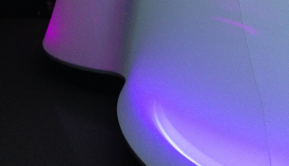
Infra Éireann by Dr Gary A. Boyd & Dr Anna Ryan introduced by Peter Carroll
16 February 2016 5:00 pm at SAUL Studio
Rather than the monuments, places and things that dominate most accounts of architectural modernity, INFRA ÉIREANN – Infrastructure and the Architectures of Modernity in Ireland 1916–2016 shifts attention to less visible net works, systems and connections. Emphasizing the effects of Ireland’s rurality, and of its position midway between Europe and the USA, it makes the case for stuff like electrification, telephone networks, highways, airports, and data storage as being most symptomatic of the Irish experience of the modern. This is fresh research, and a valuable contribution to the now growing number of alternative narratives of modernity. – Adrian Forty
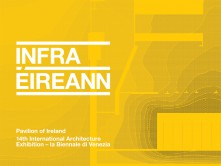
La Cathédrale de Beauvais by Jean-Lucien Guenoun introduced by Irénée Scalbert
3 February 2016 5:00 pm at SAUL Studio
La Cathédrale Saint-Pierre de Beauvais consists only of a transept and choir, an apse and seven chapels, all connected by an ambulatory. Although incomplete it is, in some respects, the most daring achievement of Gothic architecture. Standing 48 metres tall, Beauvais Cathedral has the highest vault of any cathedral in Europe. Construction eventually came to an end following the collapse of a tower that would have made the cathedral the tallest building in the world at the time. Even in its unfinished state the choir became known as “the Parthenon of French Gothic.”
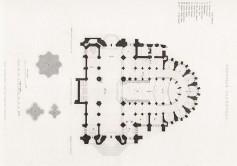
Spatial Poetics. Poetry Reading by Lisa Robertson
28 January 2016 5:00 pm at SAUL Studio
Spatial Poetics is a new series at SAUL curated and run by Lytle Shaw (SAUL and New York University). Investigating the terrain shared between contemporary poetry and architecture, this series of seminars and public poetry readings is sponsored by the School of Architecture and the School of Languages, Literature, Communication and Culture at the University of Limerick.
